Heating Effect Of Electric Current
Key Notes:
Definition of Heating Effect of Electric Current:
- When an electric current passes through a conductor, it produces heat energy. This is known as the heating effect of electric current.
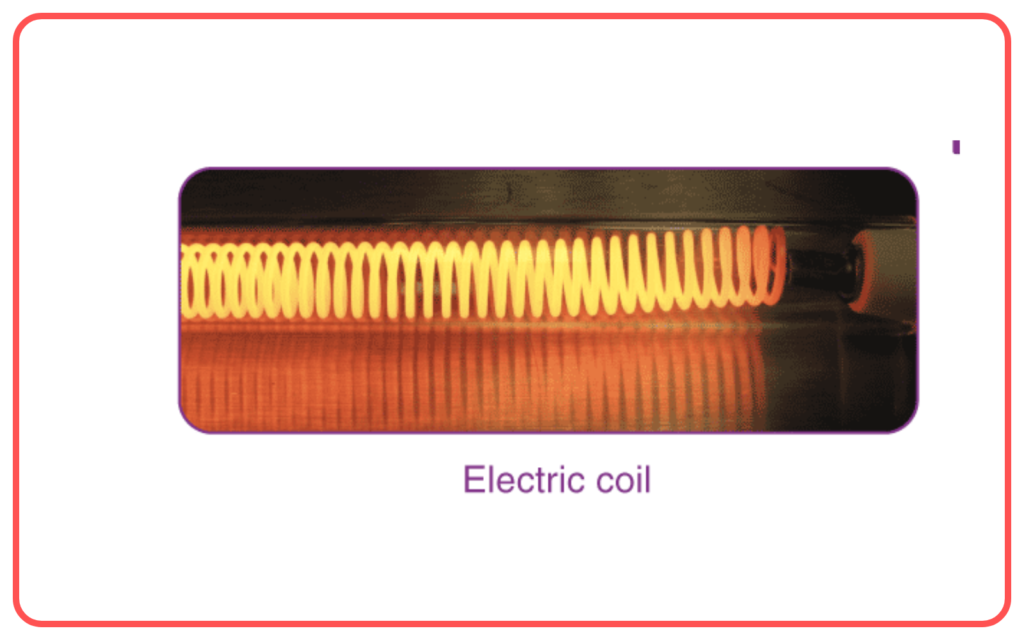
Joule’s Law of Heating:
The amount of heat produced (H) in a conductor due to current (I) is given by: H=I2RtH = I^2 R tH=I2Rt where:
- H is the heat produced,
- I is the current passing through the conductor,
- R is the resistance of the conductor,
- t is the time for which the current flows.
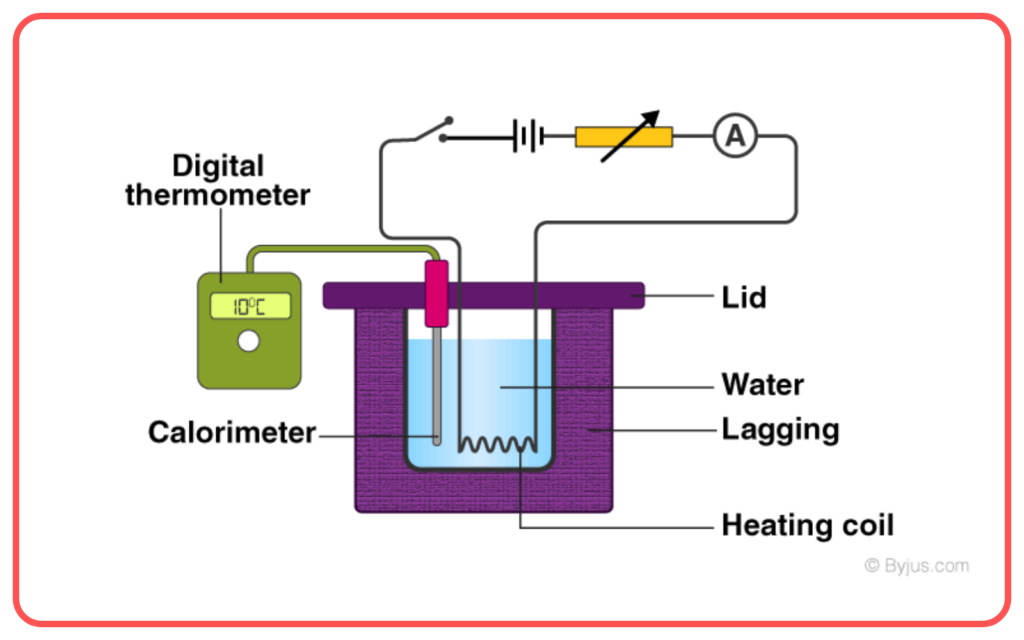
Factors Affecting Heat Produced:
- Current (I): The heat produced is directly proportional to the square of the current. Doubling the current will quadruple the heat produced.
- Resistance (R): The heat produced is directly proportional to the resistance of the conductor. Higher resistance means more heat.
- Time (t): The heat produced is directly proportional to the time for which the current flows.
Applications of Heating Effect:
- Electric Heaters: Convert electrical energy into heat energy using a high-resistance element.
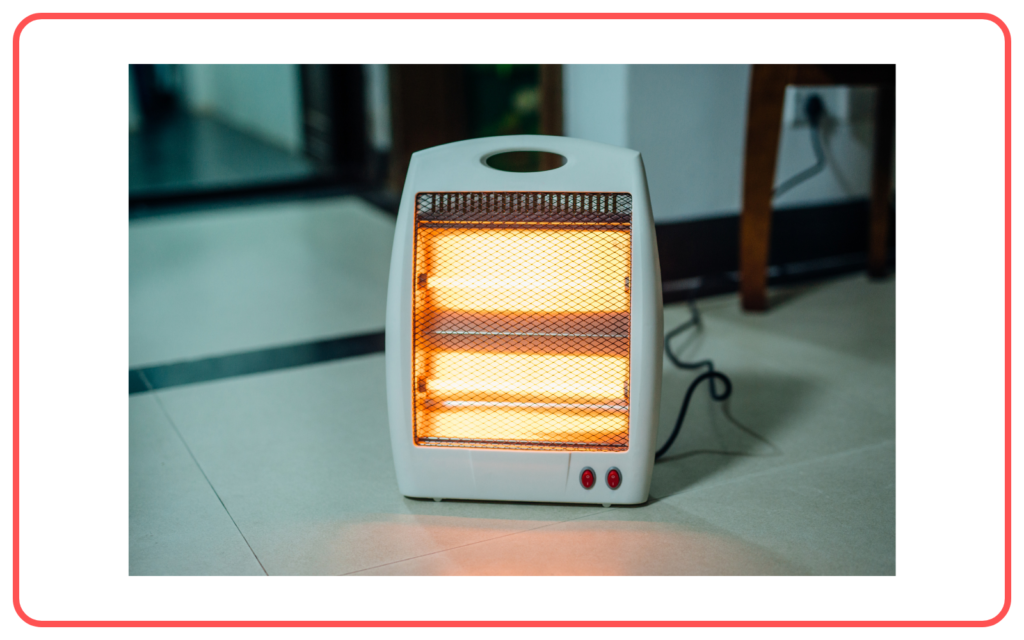
- Electric Bulbs: Convert electrical energy into light and heat.
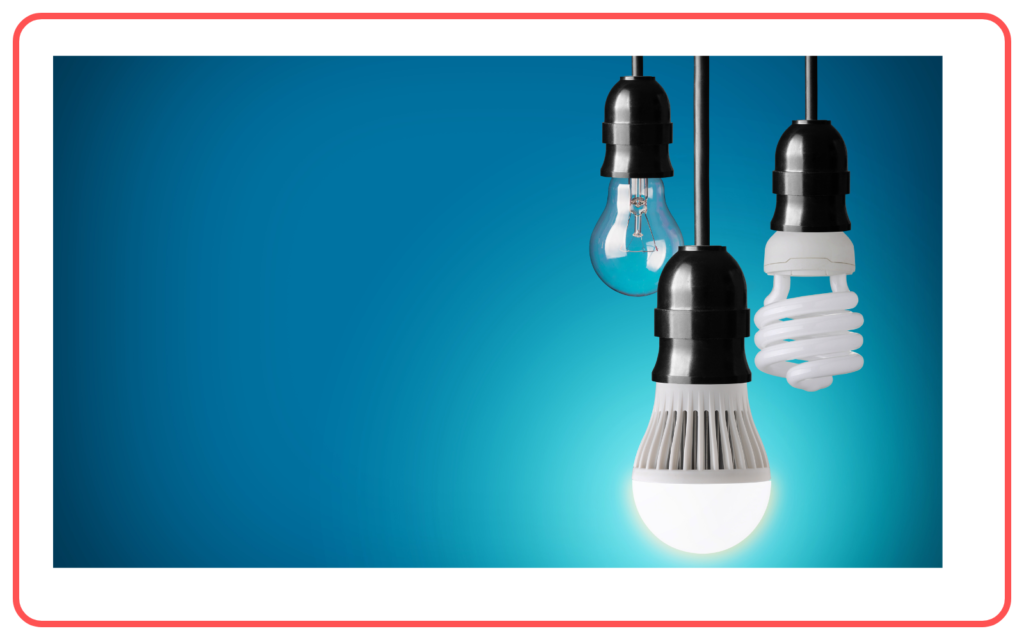
- Electric Fuses: Use the heating effect to melt and break the circuit when excess current flows.
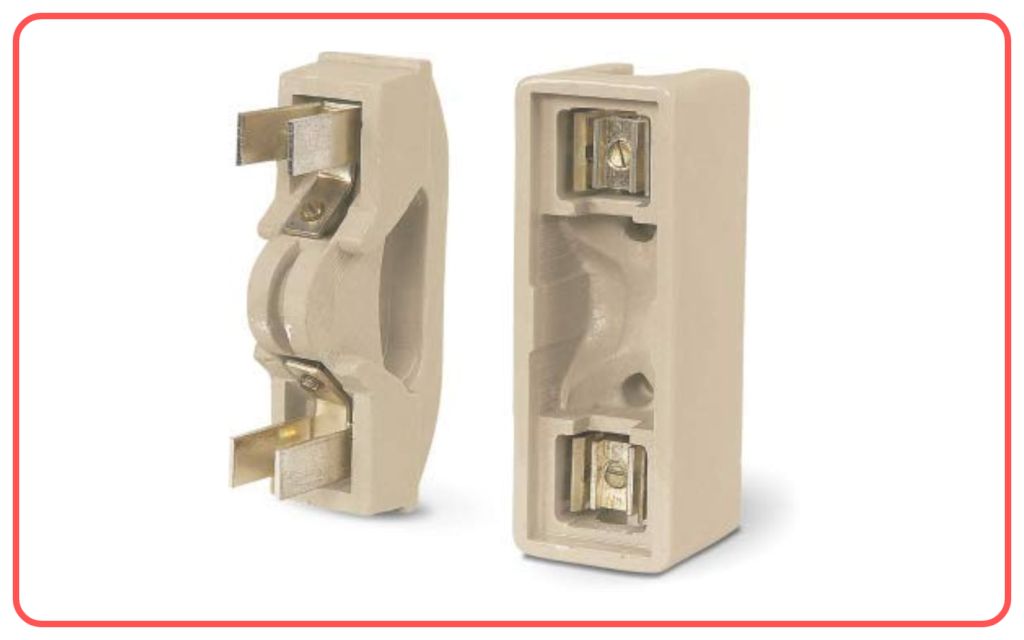
Advantages of Heating Effect:
- Useful in devices like electric kettles, toasters, and irons where heat is required for operation.
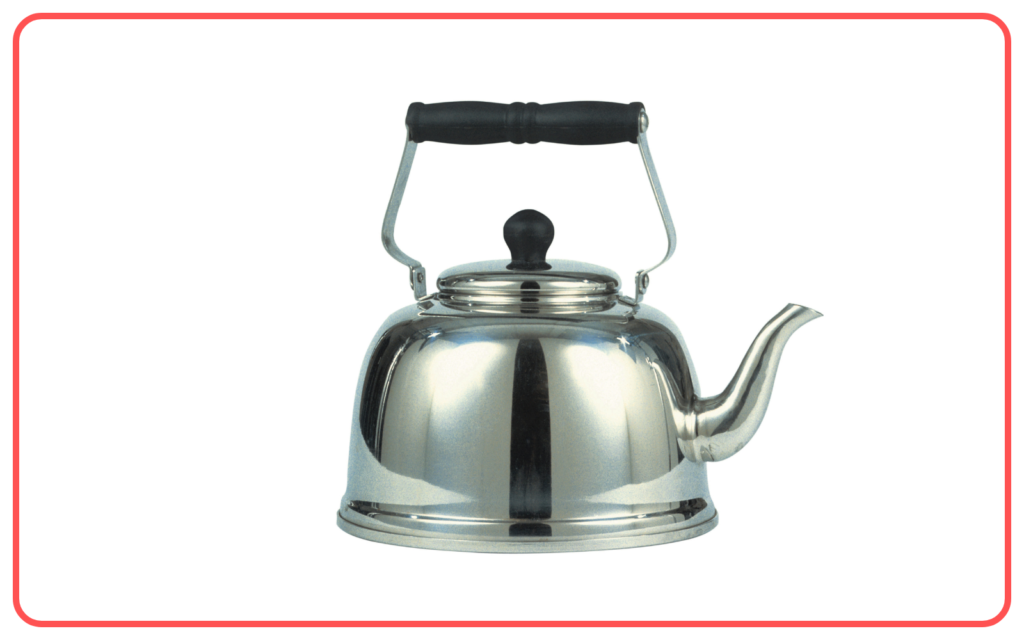
Disadvantages of Heating Effect:
- In appliances like computers or electric motors, the heating effect can cause overheating and energy loss in the form of heat.
Electric Fuse as a Safety Device:
- A fuse is a safety device used in circuits. It has a low melting point, and when excessive current flows through it, the heat generated melts the fuse wire and breaks the circuit, preventing damage.

Real-life Examples:
- The heating effect is used in household appliances like water heaters, room heaters, and electric stoves, where the electric current is converted into heat for various purposes.
Let’s practice!

